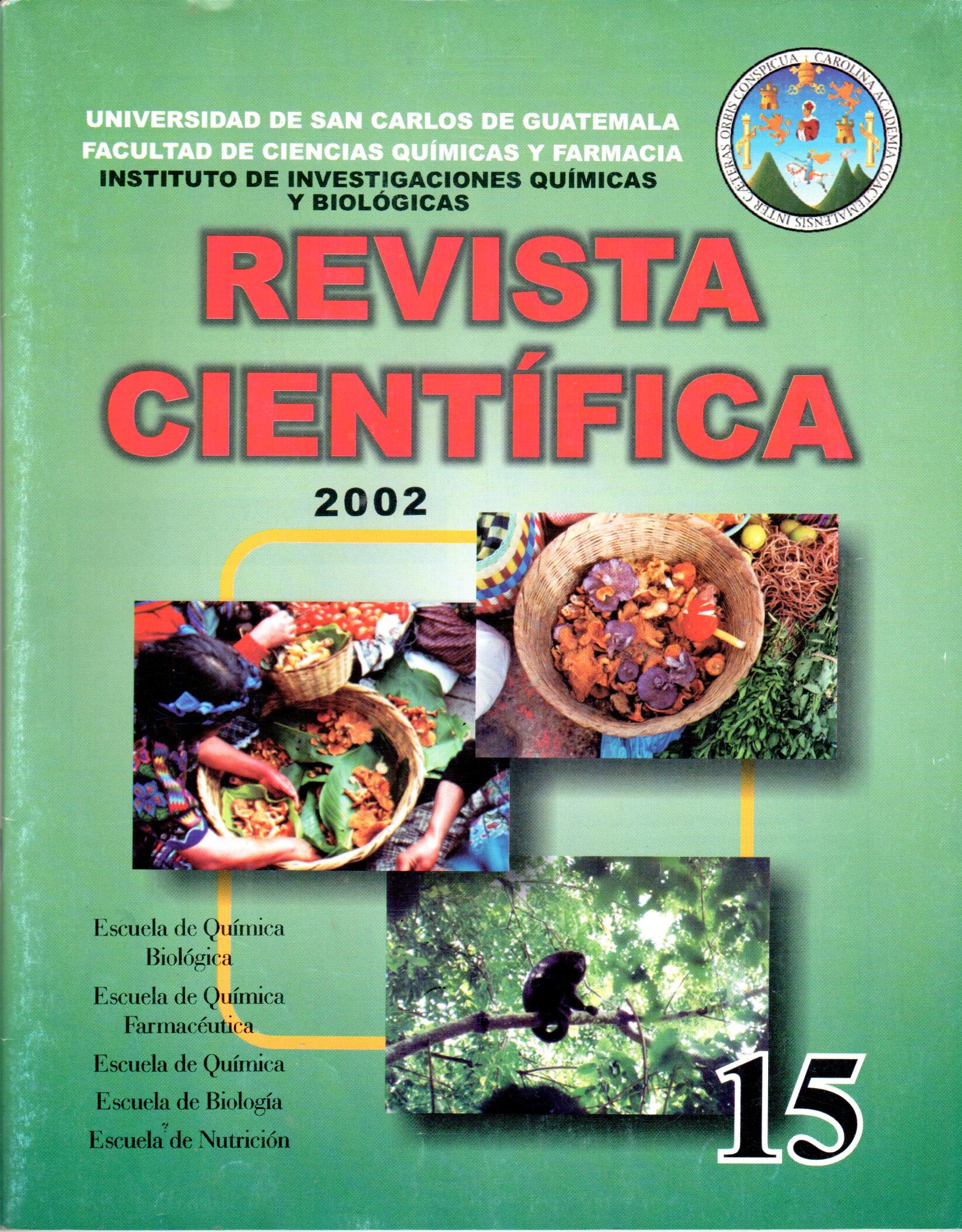Use of a high impedance multimeter in the construction of a Potentiometer and a conductivity meter
DOI:
https://doi.org/10.54495/Rev.Cientifica.v15i1.254Keywords:
high impedance multimeter, the construction of a Potentiometer, conductivity meterAbstract
The present work consisted in the use of a high impedance multimeter for the construction of a potentiometer and a conductivity meter using waste materials or materials available in the laboratory. The results obtained with both instruments were compared with data obtained with commercially manufactured instruments. With the constructed potentiometer, reduction potentials (£') of 6 half-cells were determined, obtaining values very close to those reported in the literature for 4 of the half-cells evaluated; the constant of the Nemst equation was determined by measuring the EMF of solutions of Fe' ions; -Fe +3 obtaining a deviation of -2.1% with respect to the theoretical value, in addition, an Sb-Sb,O electrode was built, which presented a linear response between pH 2-12 and with which HQí titrations were carried out with NaOH, obtaining the same result as with the potentiometer Fisher 23 6 A. With the constructed conductivity meter, the conductivity of 5 solutions was measured, being able to order these based on their conductivity, although with deviations ranging from 2.6 to 21% with respect to the values obtained with the WTW LF95 conductivity meter; The conductance of HC1 at different concentrations was also evaluated, obtaining a linear behavior when plotting (HCl)'vrs. current; Finally, conductometric titrations of HC1 with NaOH were carried out, obtaining the same result with the constructed conductivity meter and with the WTW LF95 conductivity meter.Downloads
References
Victoria L. ''Construction and Evaluation of an Inexpensive Reference Electrode with Internal Electrolyte in Agar Matrix" USA: J. Chem. Ed. 67(2): 1 79- 180, 1990, https://doi.org/10.1021/ed067p179 DOI: https://doi.org/10.1021/ed067p179
Riyazuddin P. “Low Cost Reference Electrode for Potentiotitrimetry". USA: J. Chem. Ed. 71(2):167, 1994, https://doi.org/10.1021/ed071p167 DOI: https://doi.org/10.1021/ed071p167
Katz DA, Willis C. "Two Safe Student Conductivity Apparatus'1 . USA: J. Chem. Ed. 71(4):330-331, 1994, https://doi.org/10.1021/ed071p330 DOI: https://doi.org/10.1021/ed071p330
Ahn MK, Reuland DJ, Chadd K.D. "Electrochemical Measurements in General Chemistry Lab Using a Student Constructed Ag-AgCl Reference Electrode". USA: J. Chem. Ed. 69(1):75. 1992, https://doi.org/10.1021/ed069p74 DOI: https://doi.org/10.1021/ed069p74
Sevilla III F, Alfonso RL, Andres RT. "The Electrician’s Multimeter in the Chemistry Teaching Laboratory". USA: J. Chem. Ed. 70(4):580-585, 1993, https://doi.org/10.1021/ed070p580 DOI: https://doi.org/10.1021/ed070p580
Downloads
Published
How to Cite
Issue
Section
License
Copyright (c) 2002 I. Carranza, A. Gross

This work is licensed under a Creative Commons Attribution 4.0 International License.
Authors who publish with this journal agree to the following terms:
- Authors retain copyright and grant the journal right of first publication with the work simultaneously licensed under a Creative Commons Attribution License 4.0 that allows others to share the work with an acknowledgement of the work's authorship and initial publication in this journal.
- Authors are able to enter into separate, additional contractual arrangements for the non-exclusive distribution of the journal's published version of the work (e.g., post it to an institutional repository or publish it in a book), with an acknowledgement of its initial publication in this journal.
- Authors are permitted and encouraged to post their work online (e.g., in institutional repositories or on their website) prior to and during the submission process, as it can lead to productive exchanges, as well as earlier and greater citation of published work.









